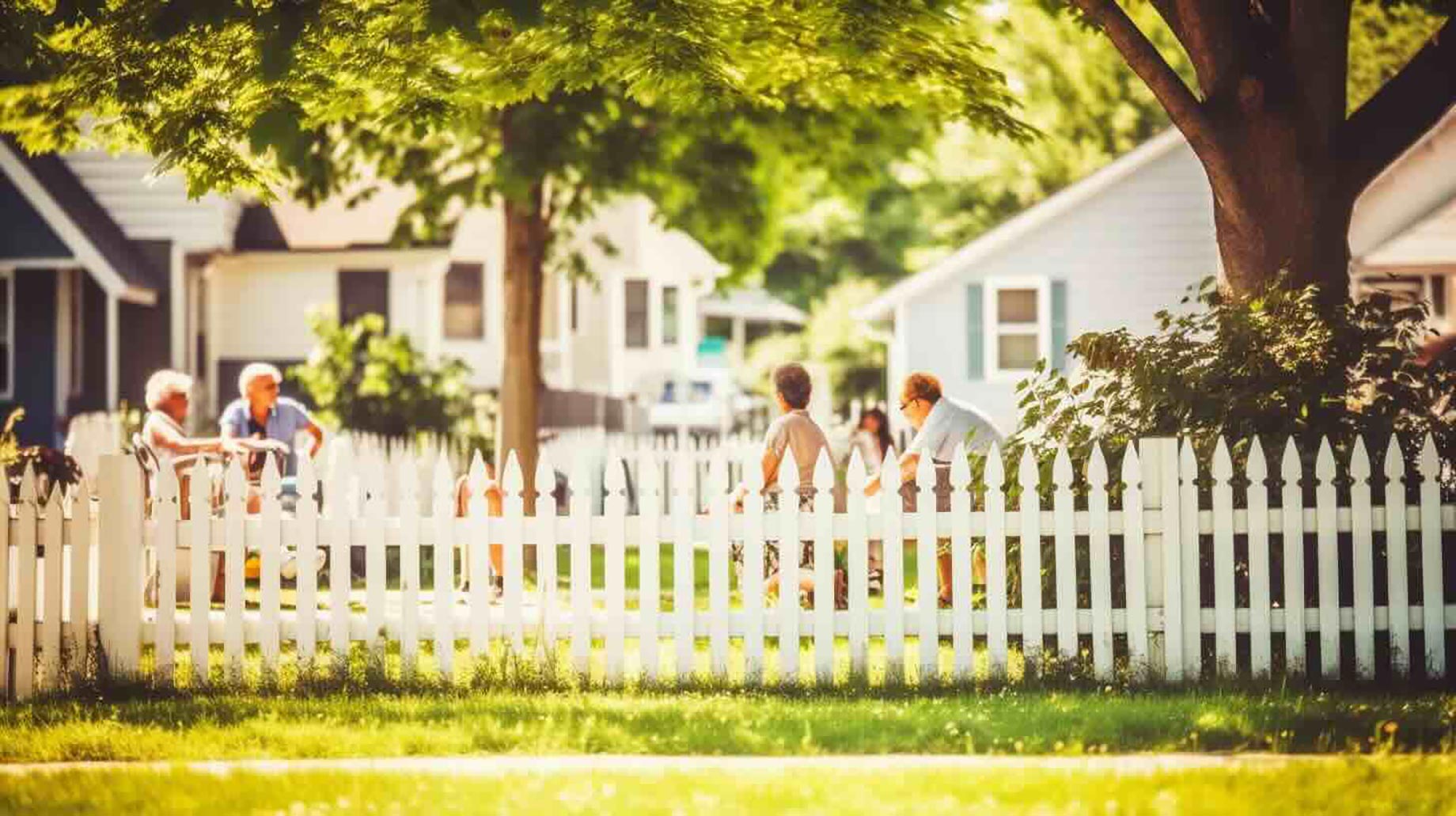Let me tell you—finding the right place to live isn’t just about square footage or a nice kitchen. It’s about the people, the parks, the late-night pizza spots, and how you feel when you walk down the street. I learned that the hard way when I moved into a beautiful apartment… in a neighborhood that just didn’t fit me. That’s when I realized: your home isn’t just your house—it’s everything around it.
The Turning Point: “What Neighborhood Am I Even In?”
After that first mismatch, I got serious. I wanted to figure out what neighborhood I was really in, what it had to offer, and whether it matched my vibe. That’s when I found tools like Neighbor.Report—a total game-changer. I could plug in my address and get local insights, hidden gems, maps, even a feel for the community. It finally gave me clarity: was this place right for me, or was it time to explore something new?

Start With What Matters to You
Before you get lost in listings, take a second to think: What makes you happy on a day-to-day basis? For me, it was grabbing coffee within walking distance, jogging in the mornings, and being close enough to friends without living right on top of a noisy bar strip.
Commute or Calm?
Back when I was working in an office, a brutal commute drained me every day. I learned to prioritize being near public transit or major roads. But now that I work hybrid, I lean more toward peaceful spots with space to breathe. Some cities are embracing this “15-minute neighborhood” idea—where everything from groceries to gyms is a short walk or bike ride away. Trust me, it’s a life upgrade.
What I Look For Now
Walkability
Being able to run errands without hopping in the car? Essential. Real estate sites now show walk scores—definitely worth checking.
Safety
I started checking local crime maps and paying attention to things like street lighting and how neighbors interact. A friendly “hello” on the sidewalk tells you a lot.
The Real Costs
Don’t just look at rent or the mortgage—think about property taxes, HOA fees, parking, and whether prices in the area are skyrocketing. I learned the hard way that a “good deal” sometimes isn’t, once you add it all up.
Schools
Even if you don’t have kids, living near good schools boosts property value. GreatSchools.org became one of my go-to research spots.
Healthcare Access
After an unexpected trip to urgent care, I realized how important it is to live near medical facilities. If you have specific health needs, don’t skip this step.
The Feel of the Place
Every neighborhood has a vibe. Some are buzzing and social, others are quiet and private. I started noticing things like how people interacted, whether there were community events, and if there was a local app or group to join. That peek behind the curtain told me a lot.

Make It Feel Like Home
It’s one thing to move into a neighborhood—it’s another to feel like you belong there. What helped me most was:
- Going to local farmers’ markets and chatting with vendors.
- Joining a book club I found on a community board.
- Just saying hi to neighbors regularly until I wasn’t a stranger anymore.
Eventually, I found my people—and that changed everything.
Pro Tips for Researching a Neighborhood
If you’re on the hunt, here’s what worked for me:
- Browse guides like Niche or AreaVibes for ratings.
- Dive into census data to understand trends and demographics.
- Follow local bloggers or Instagram pages to get the real feel.
- Visit at different times—what’s quiet in the morning could be wild on Saturday night.
- Talk to locals—baristas, dog walkers, shop owners. They’ll give you the honest scoop.
No neighborhood is perfect, and that’s okay. What matters is that it supports your lifestyle and feels like you. Whether you’re drawn to city buzz, quiet suburbs, or somewhere in between—take your time, trust your gut, and use the tools out there to make it easier. I’ve been there, and once you find the right spot, you’ll know—it won’t just be a place to live. It’ll be home.